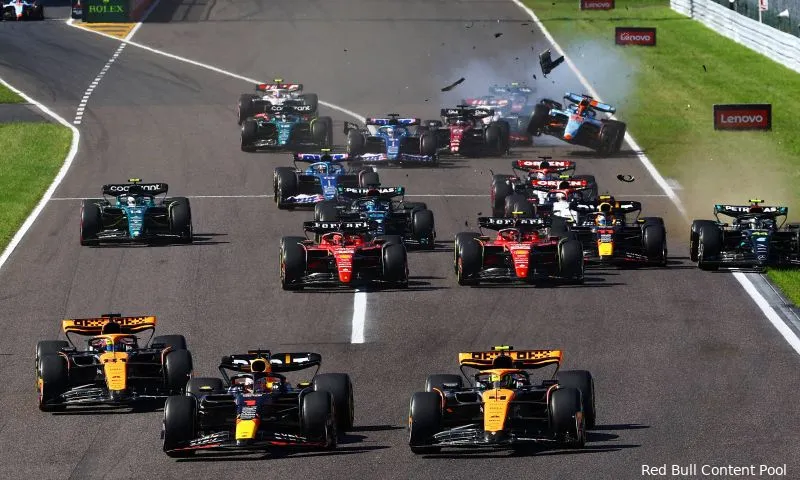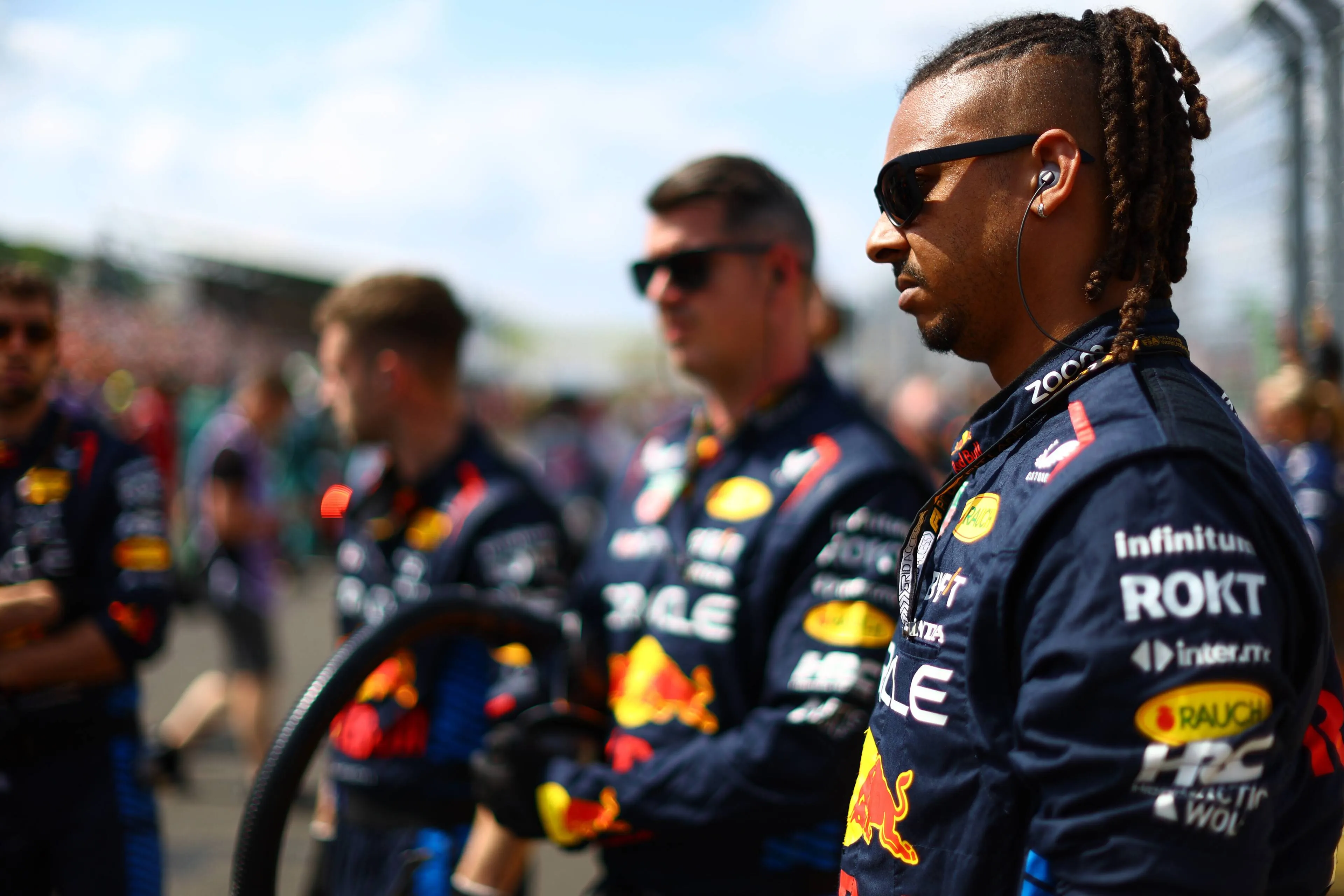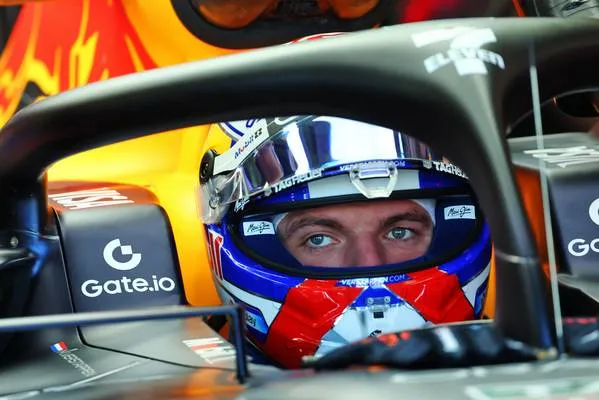In 2026, Formula 1 regulations will undergo another major overhaul. Both the aerodynamics and the engines of F1 cars will be significantly different. Due to the aerodynamic changes, F1 cars will generate around 40 per cent less downforce, according to the usually well-informed Auto, Motor und Sport.
Smaller cars by 2026
The aim would be to reduce the car width by ten centimetres, from 200 to 190 centimetres. The wheelbase is also to be shortened. In all likelihood, this will decrease from 360 centimetres to 340 centimetres. As a result, there is less surface area and volume to generate downforce, leading to some 40 per cent less downforce. This should help make overtaking easier, however.
Whether this will also make the cars slower remains to be seen. Indeed, according to the German Medium, simulations have already been carried out that include all changes (engine, aerodynamics and weight). This would have shown that the cars would not be much slower than the current generations of cars.
What will happen to the minimum weight?
Another goal for the 2026 cars is to lower the minimum weight. Many drivers complain that the current cars are too heavy, and the FIA wants to do something about that. The FIA would aim for a reduction of 50 kilograms. However, according to Formula 1 technical director Pat Symonds, this is not realistic. A reduction of 20 kilograms is a good first step.
It could also be the case that the minimum weight will be lifted altogether by the FIA. This would mean F1 teams would be free to decide what the weight of their F1 car will be. The budget cap should then prevent a huge cost battle around reducing weight. Weight reduction is already hugely important in Formula 1 too, with many teams even saving weight by not coating (large) parts of the car with paint.
Read more about:
Popular on GPBlog

1
Ecclestone doesn't understand Verstappen's reaction: 'Why didn't he do that instead?'
831 times read
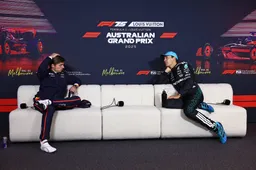
2
F1 Today | Russell and Horner hold talks, Verstappen on Russell possibly moving to Red Bull
818 times read
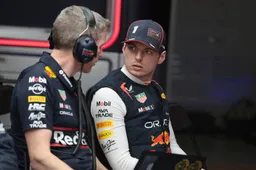
3
Former McLaren Mechanic Saw Verstappen and Red Bull Make the Right Decision
713 times read

4
Windsor points to rule change after Turn 1 battle between Verstappen and Piastri
467 times read
